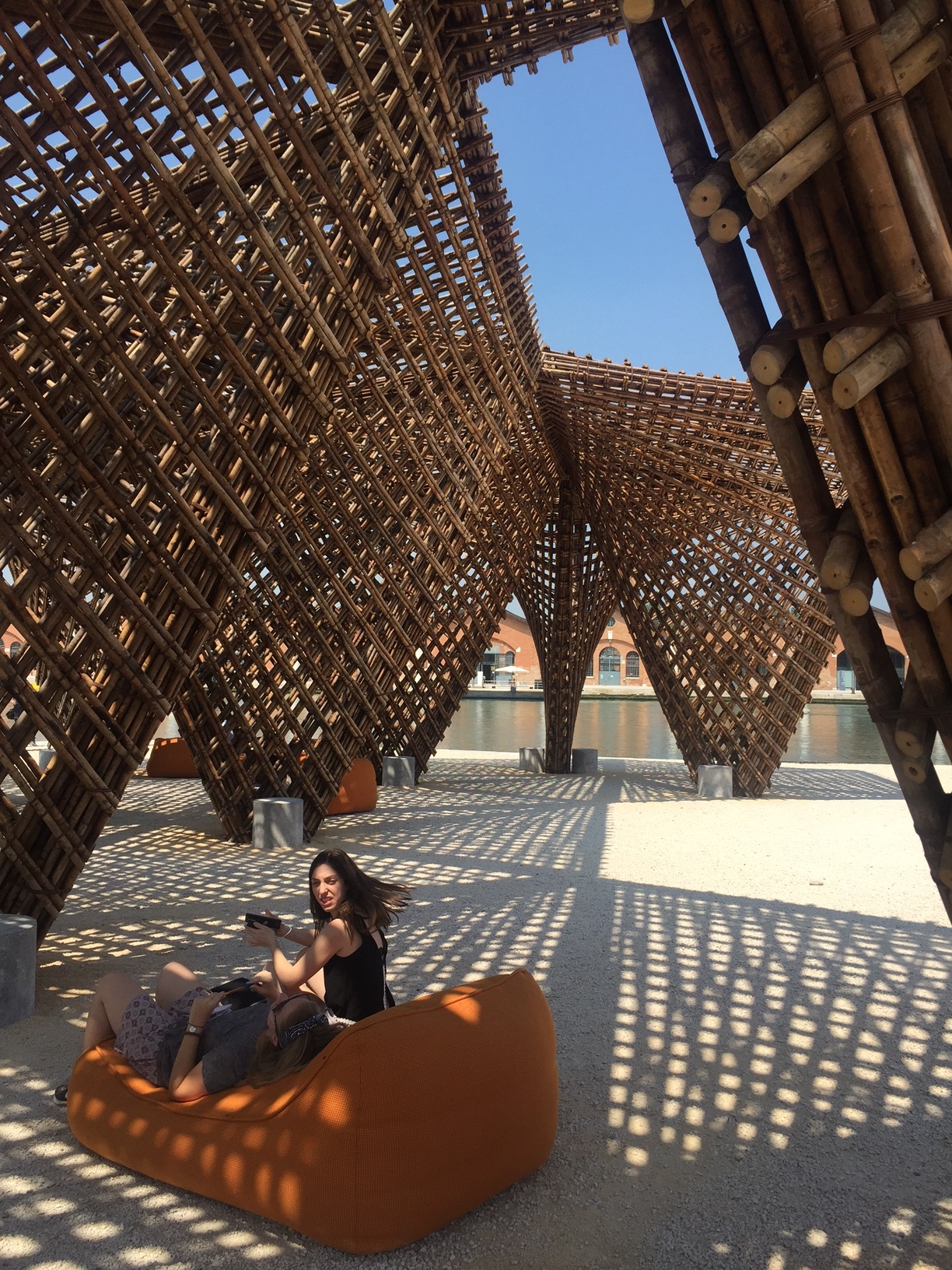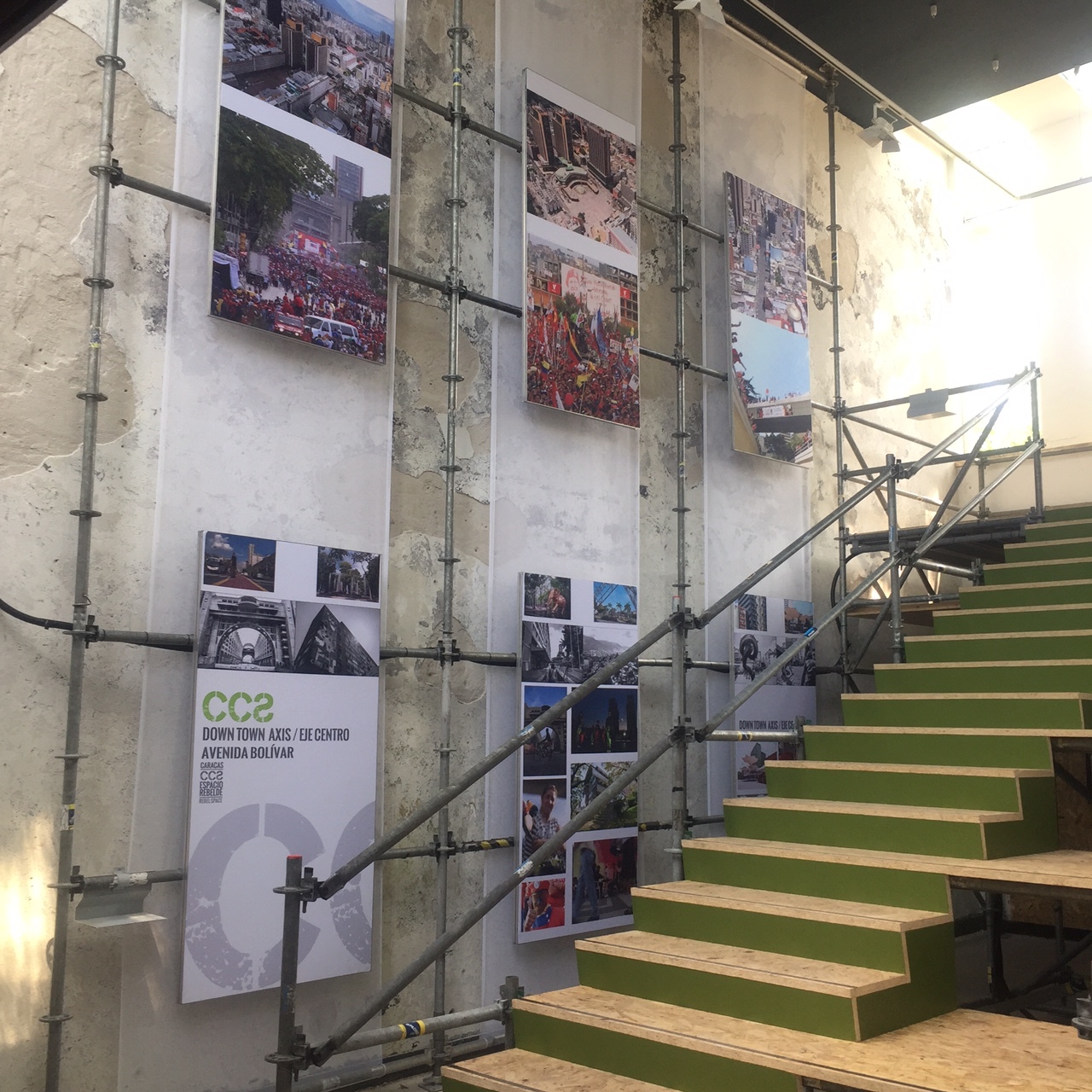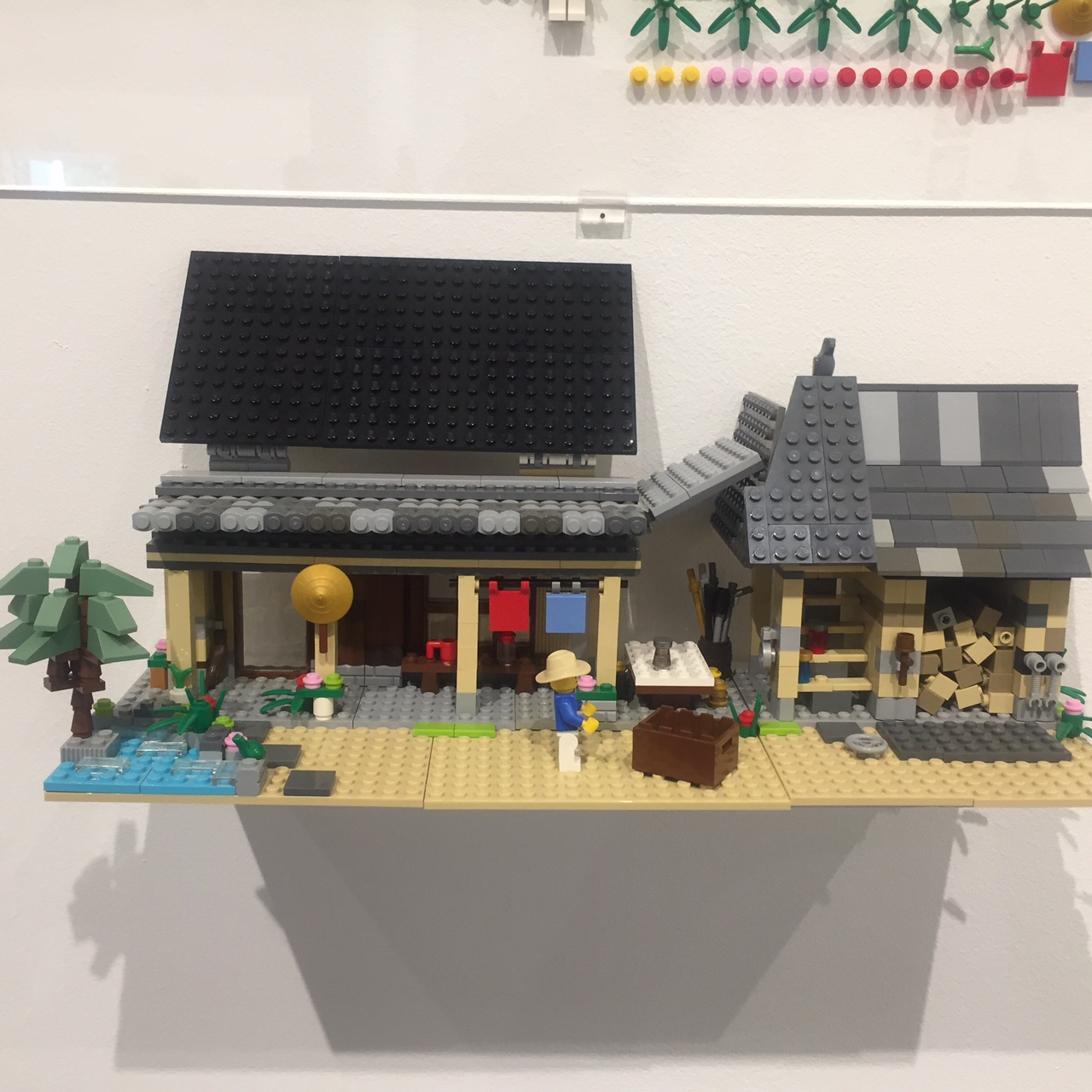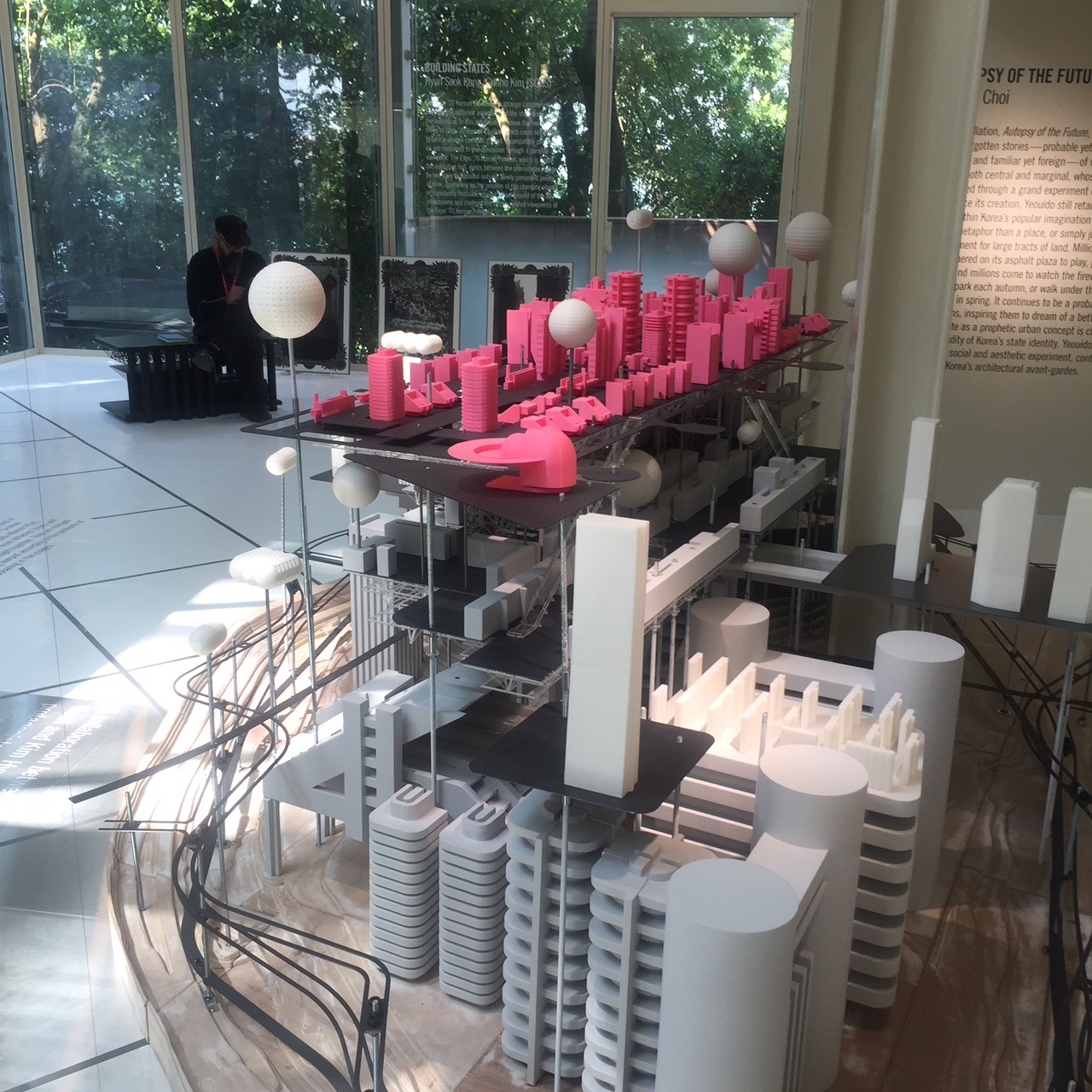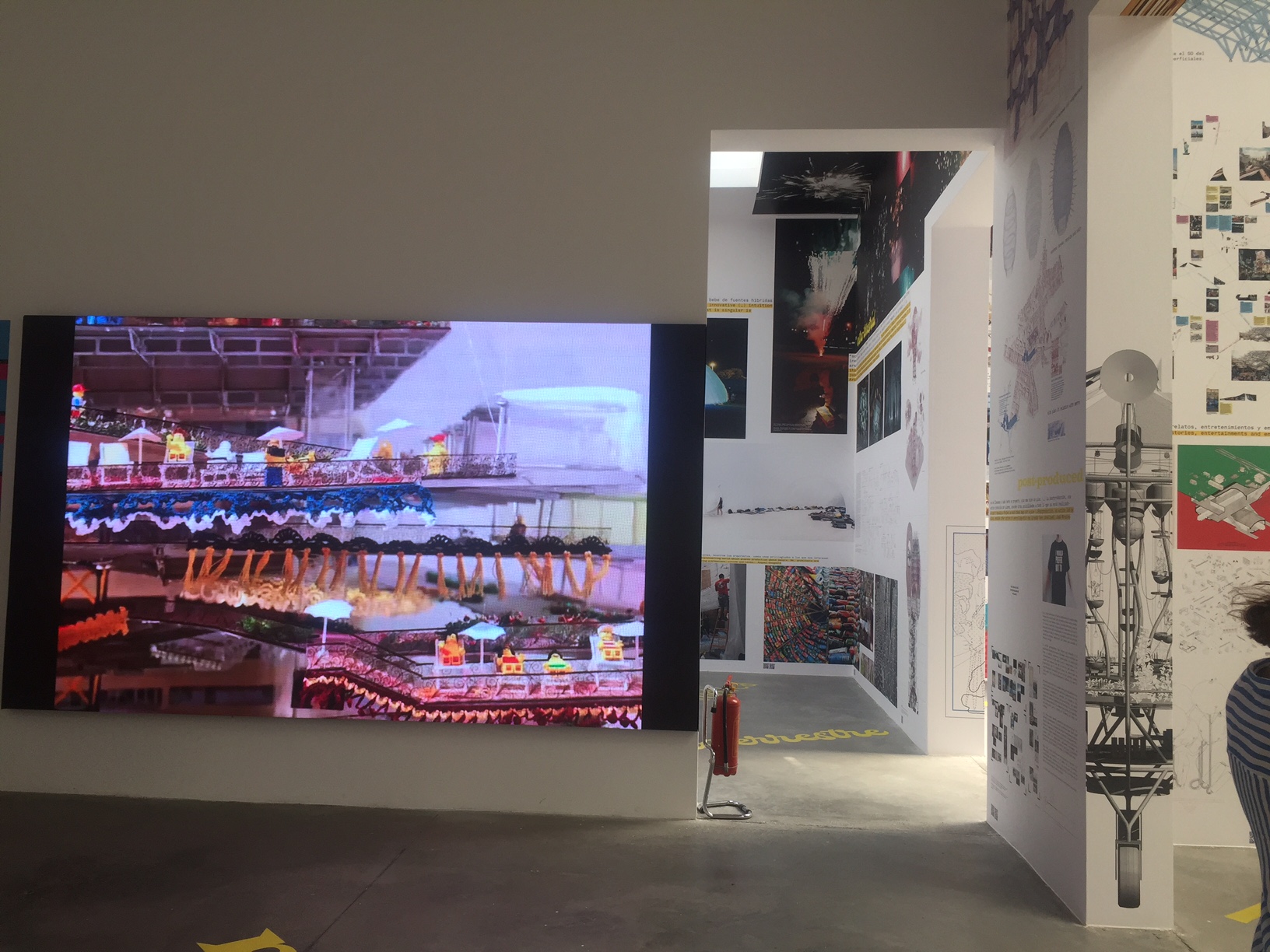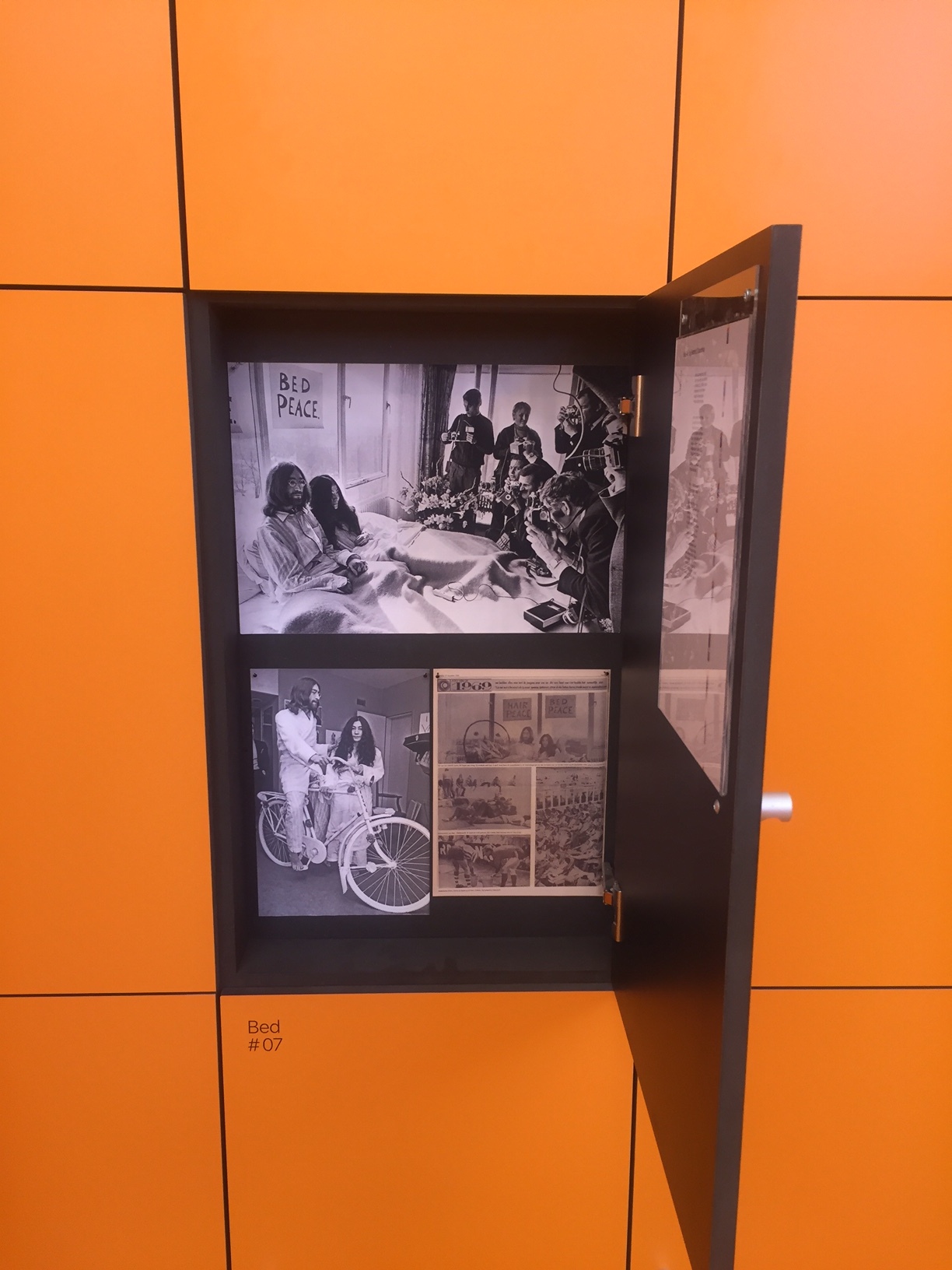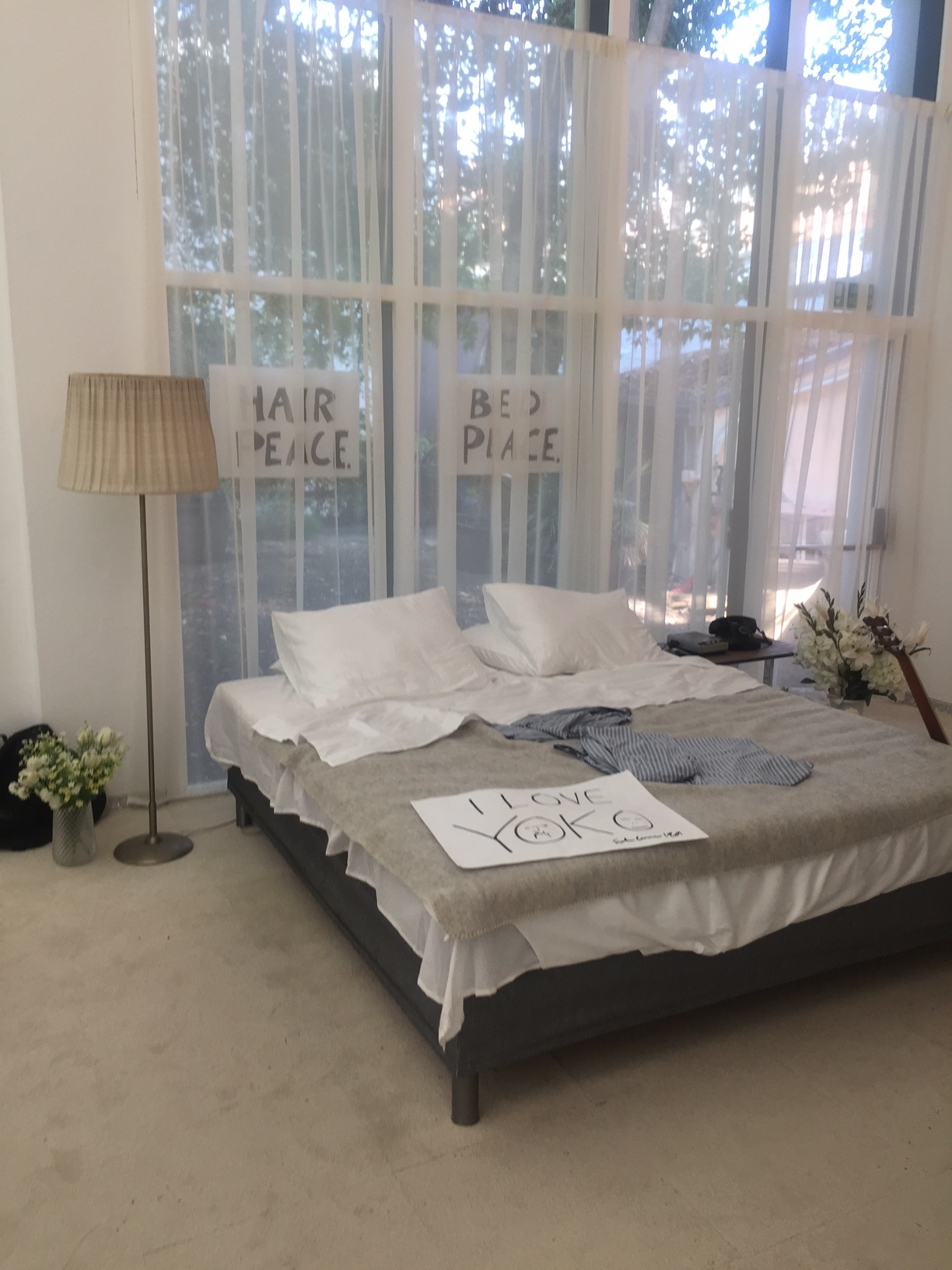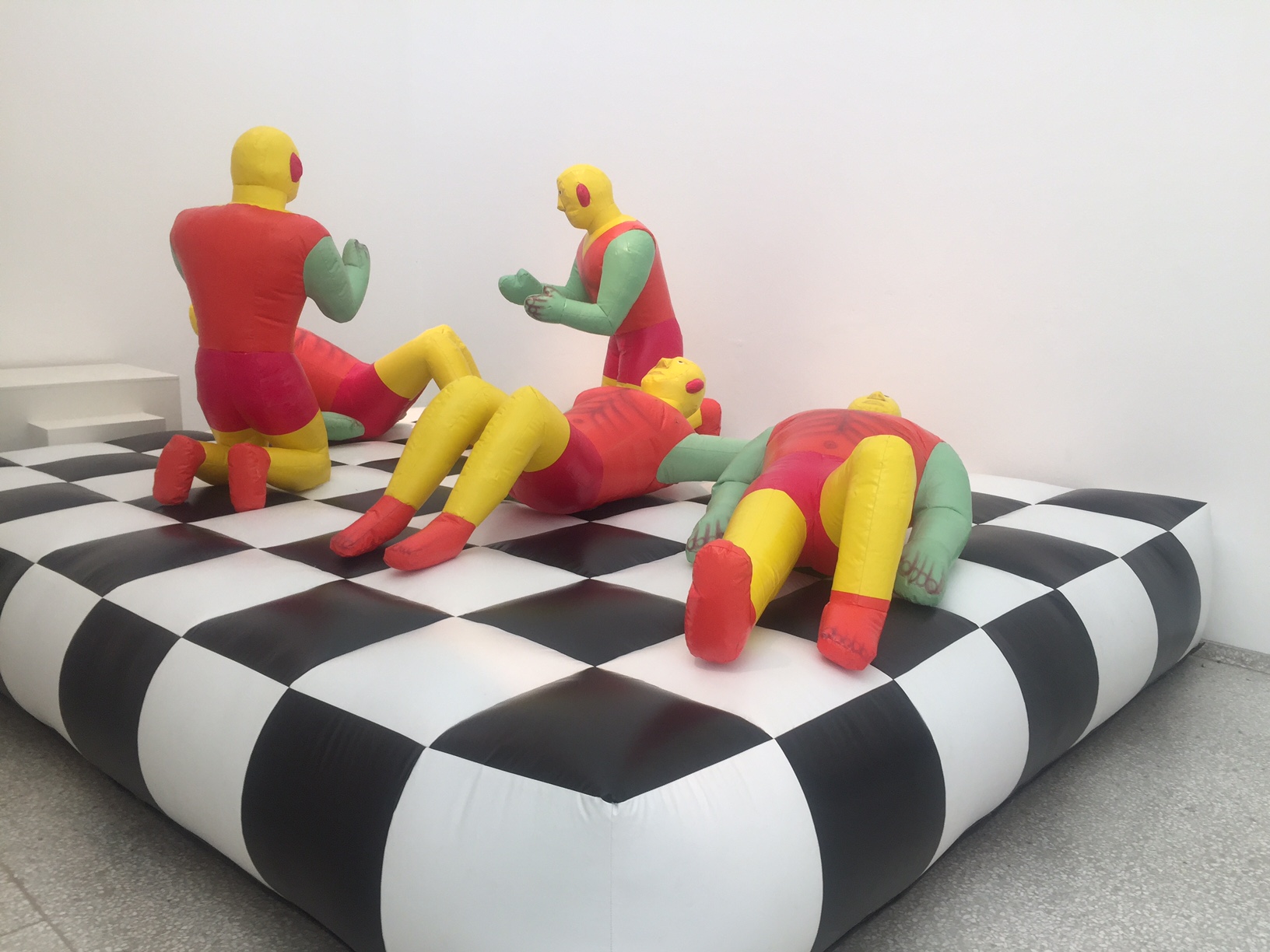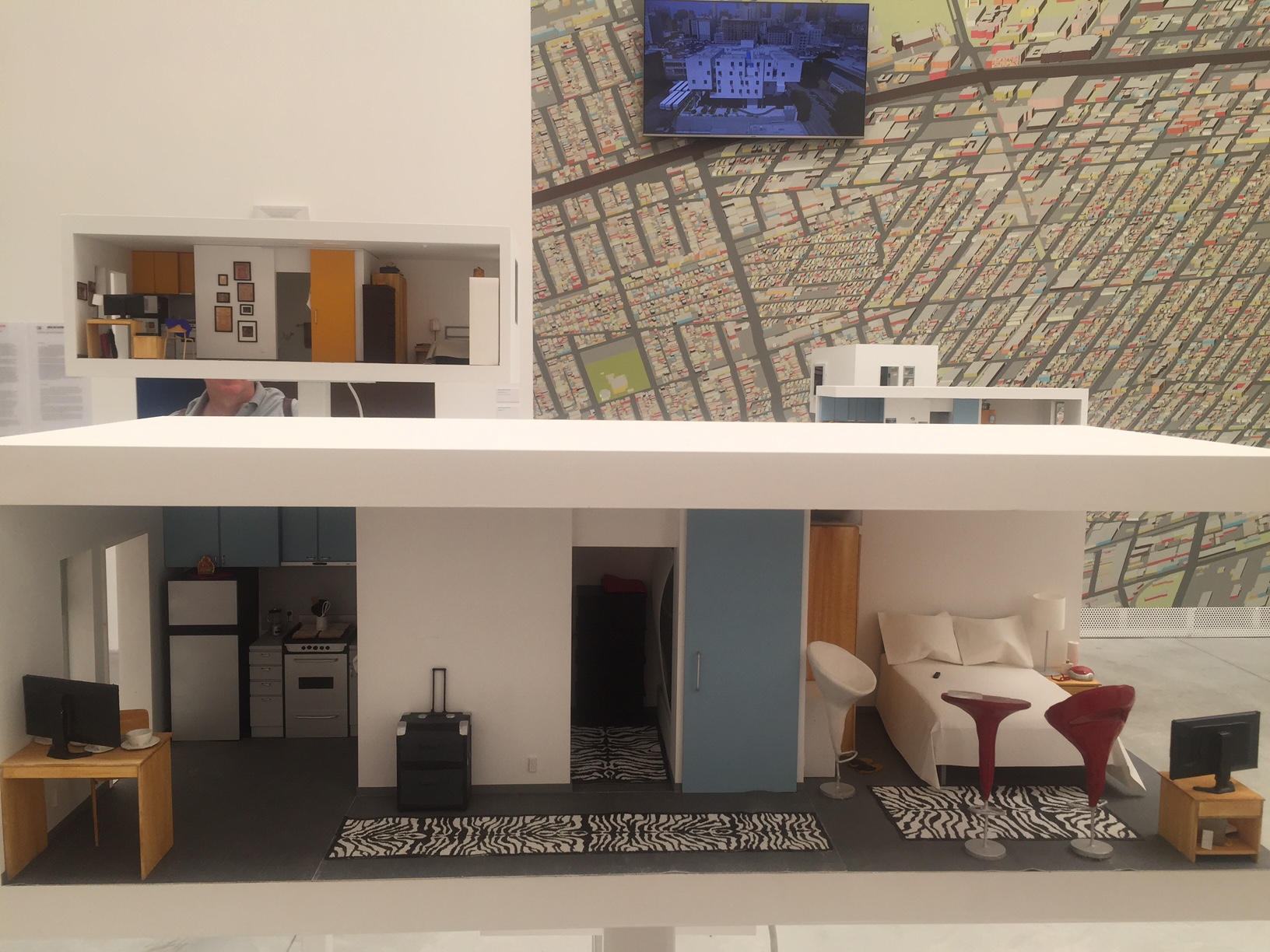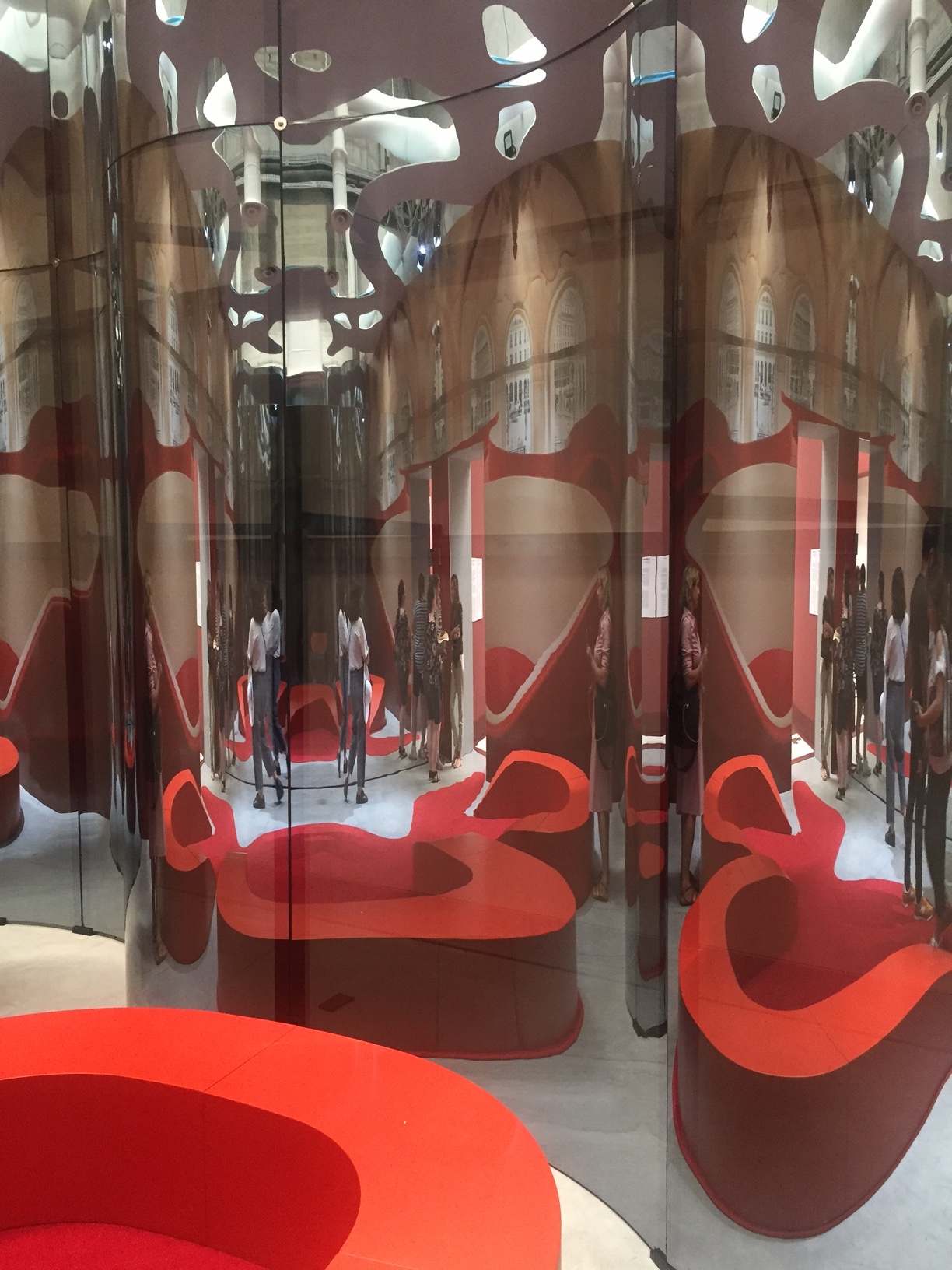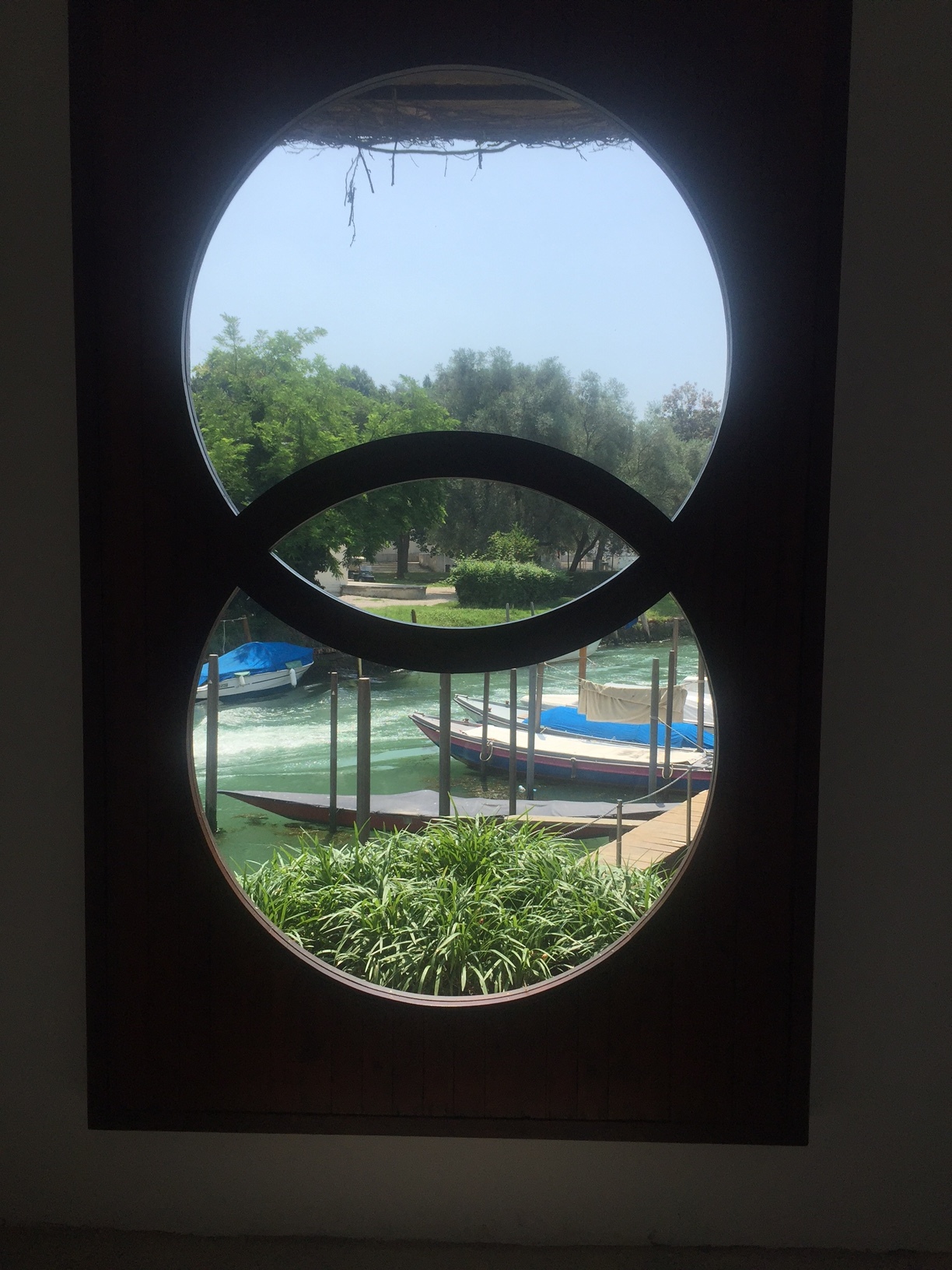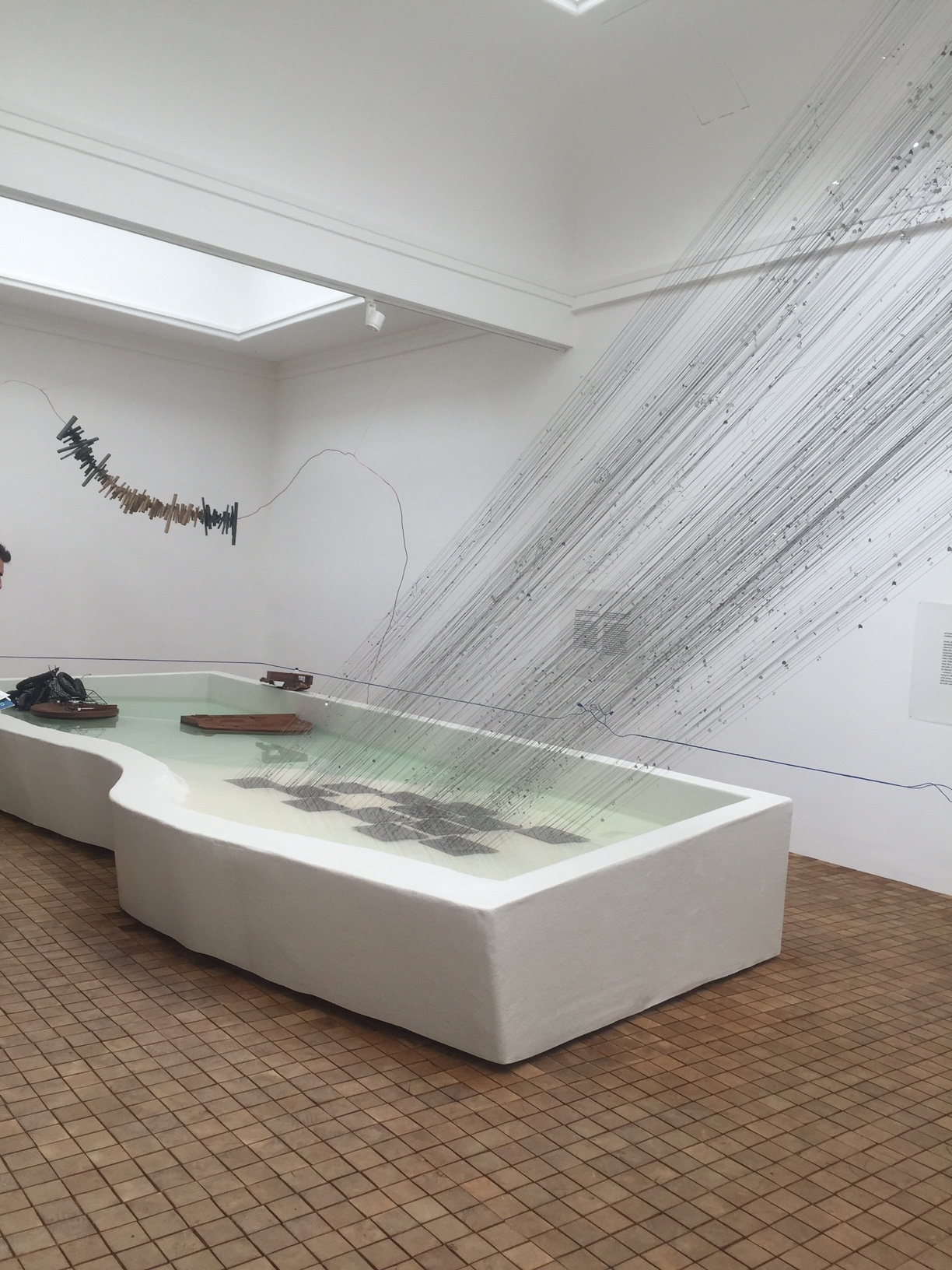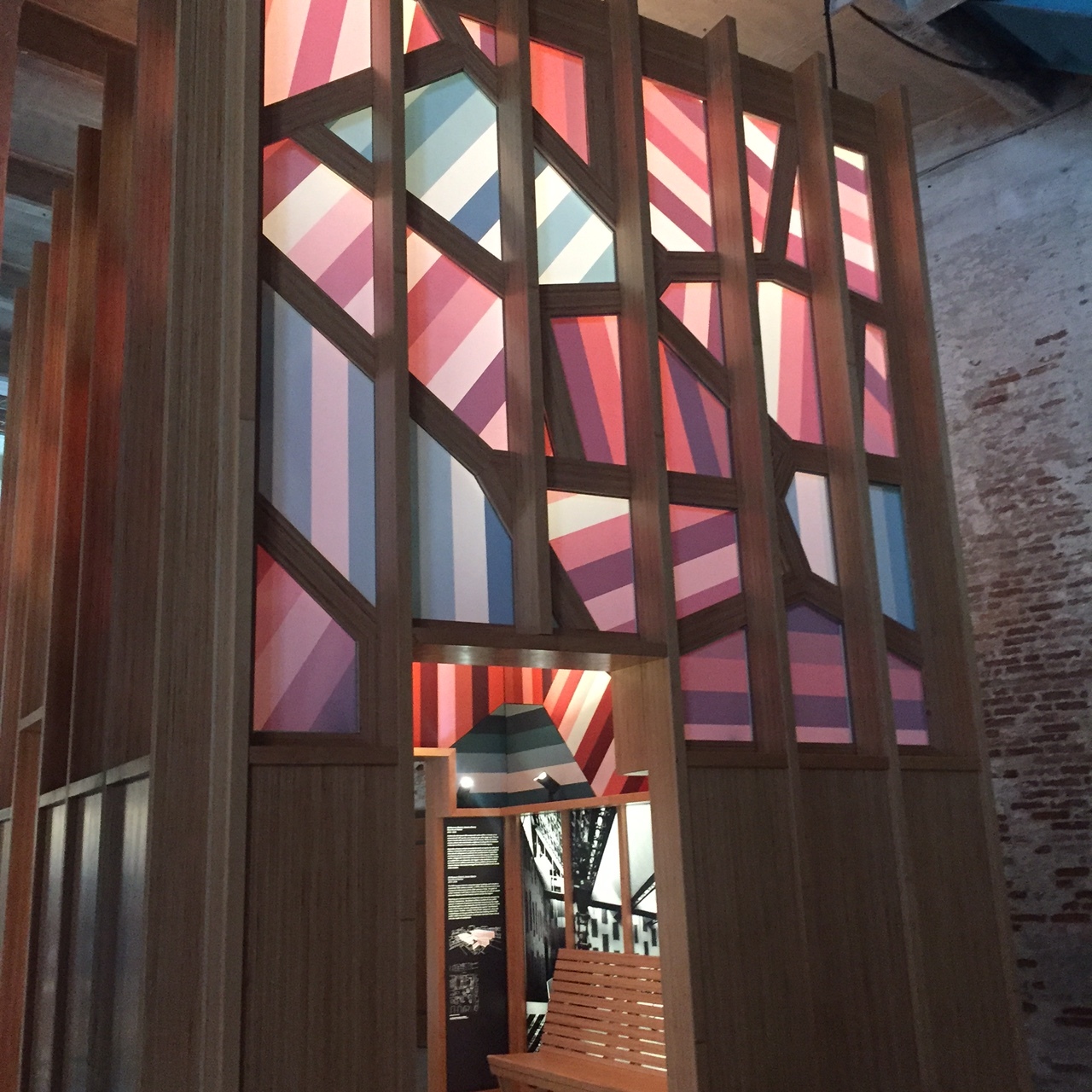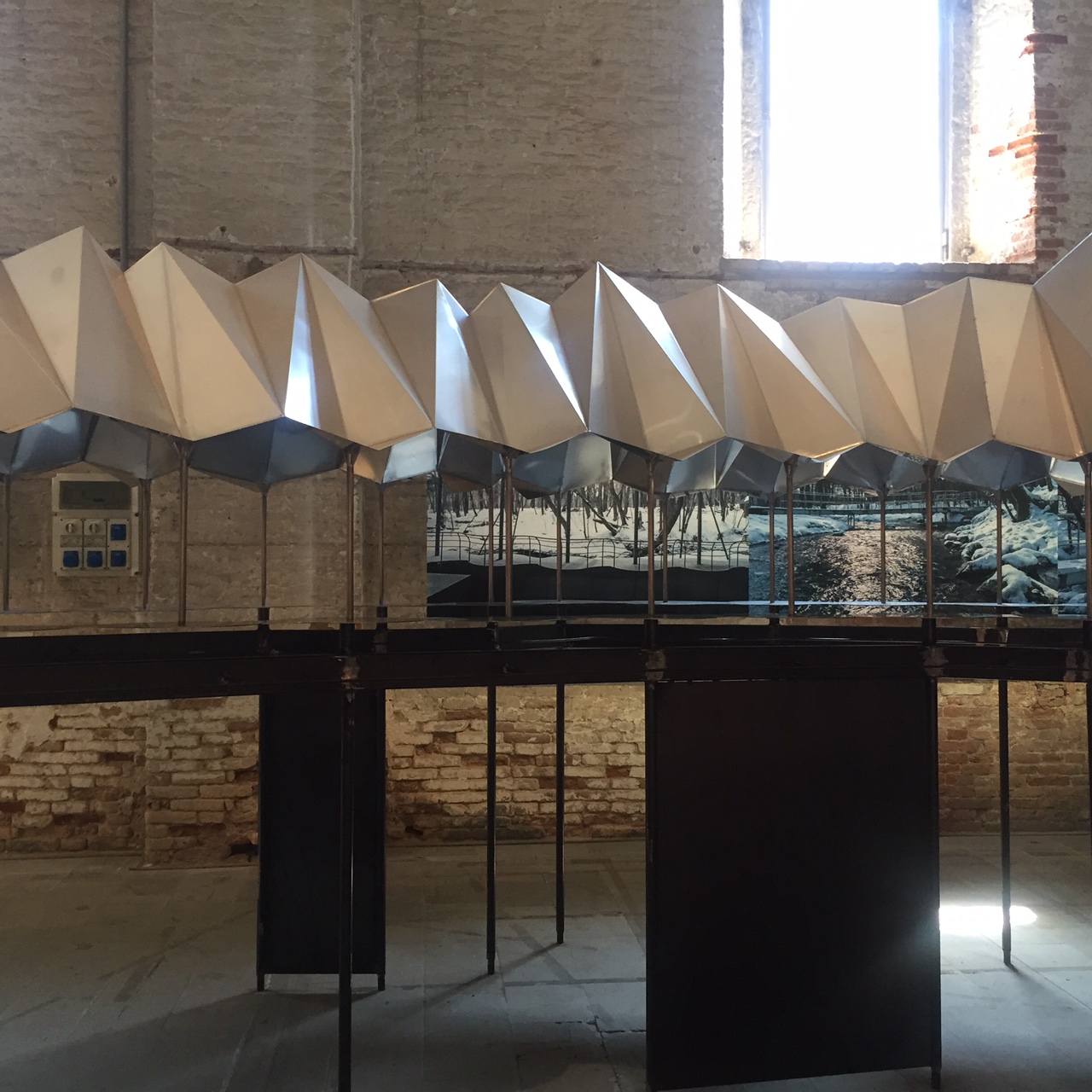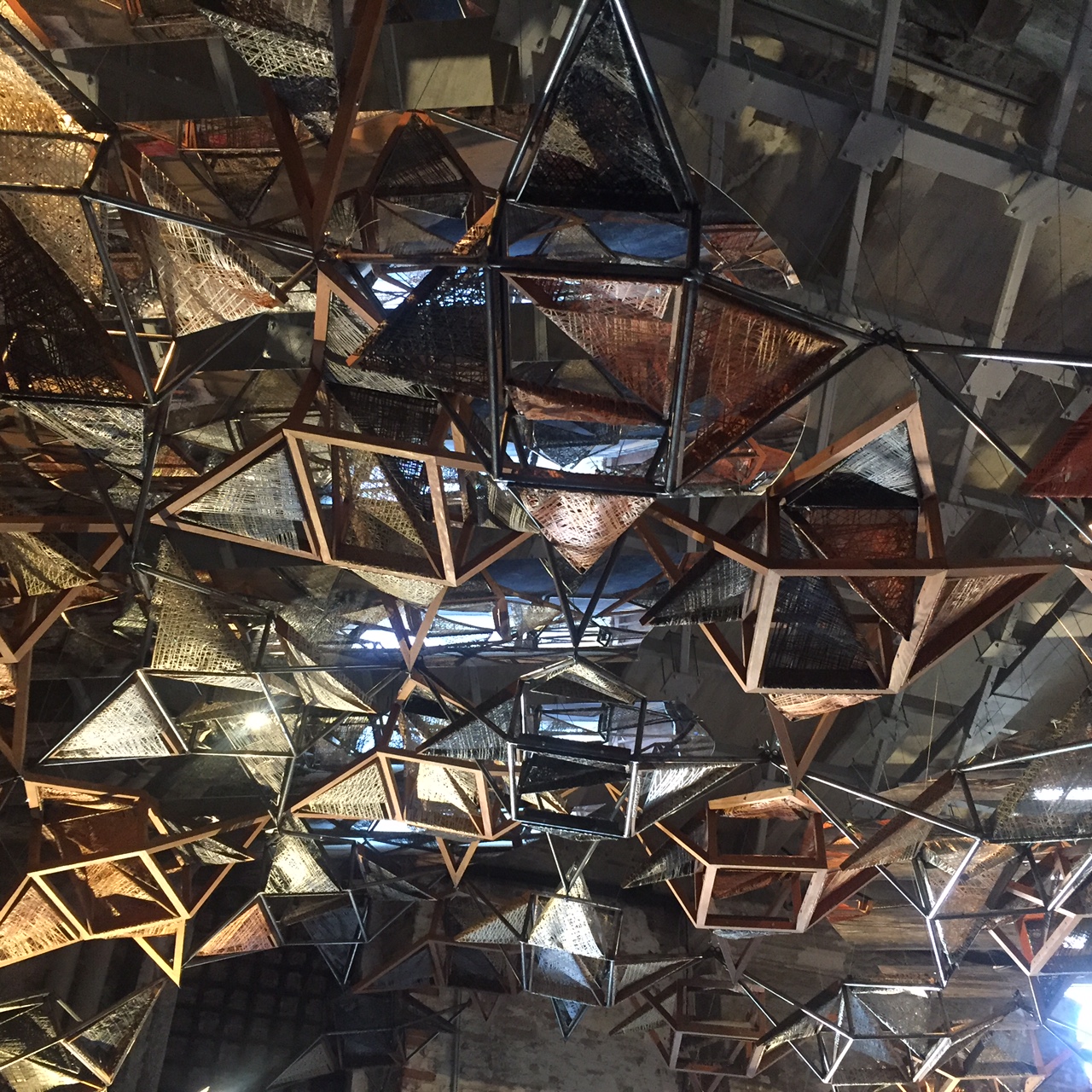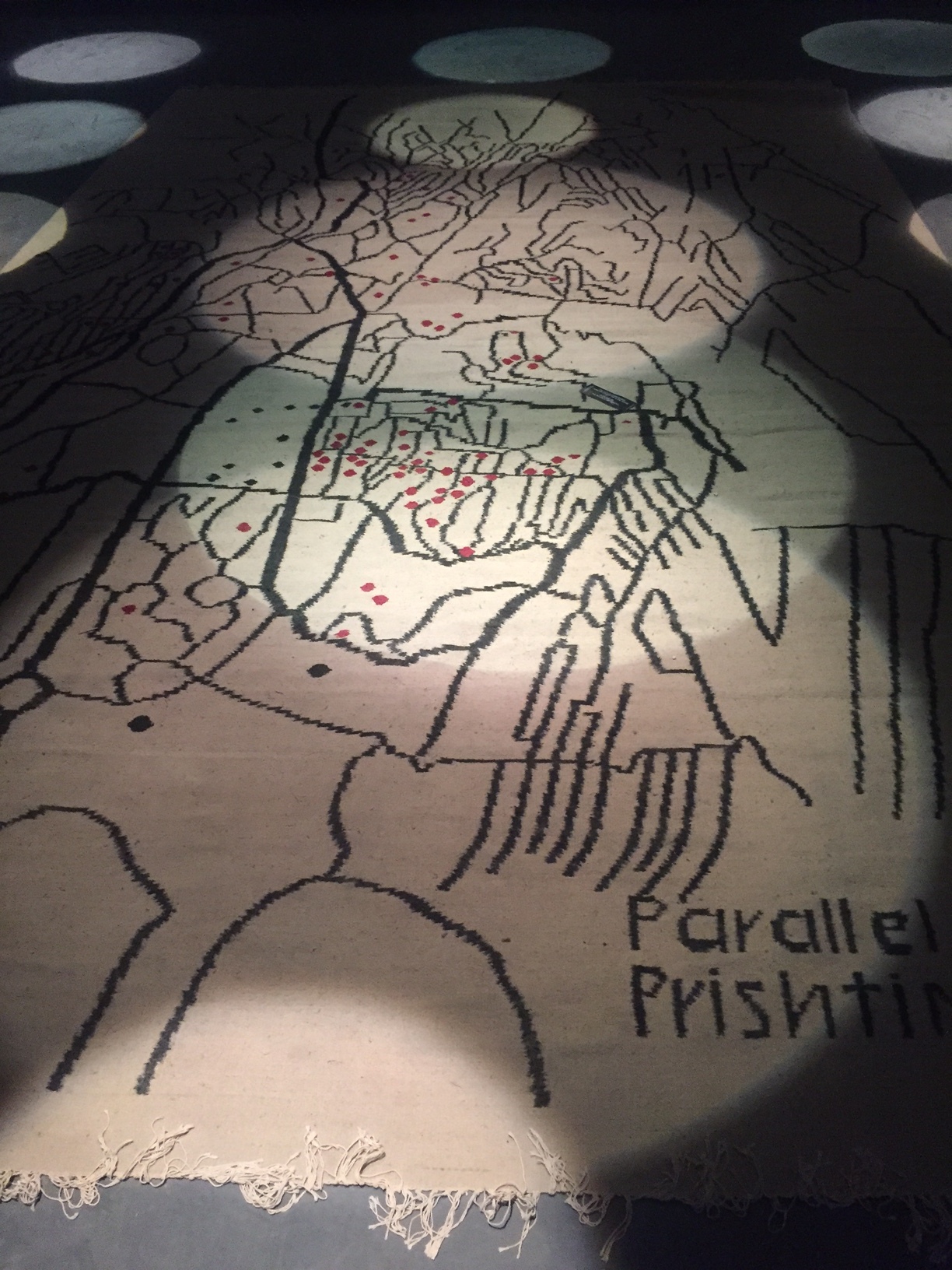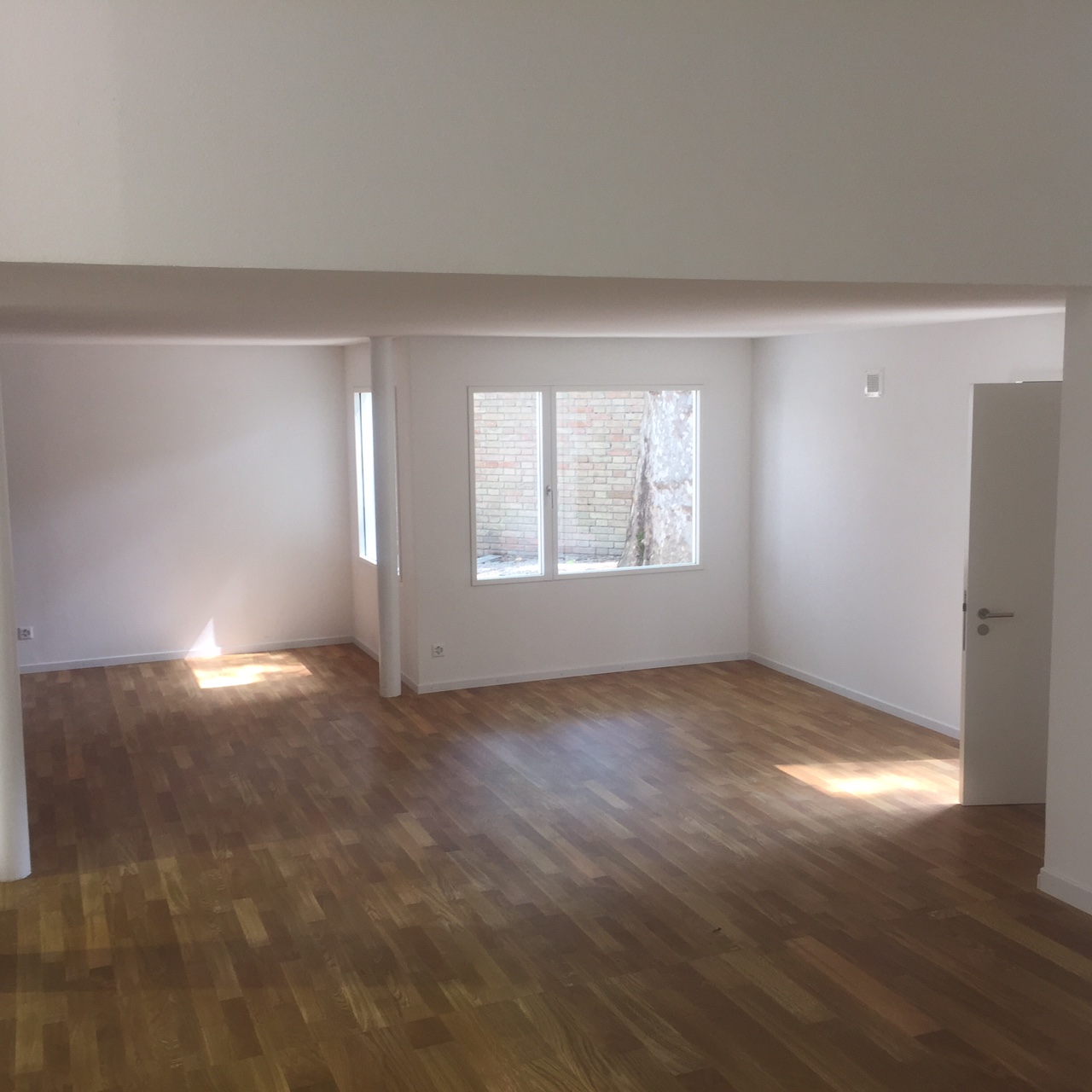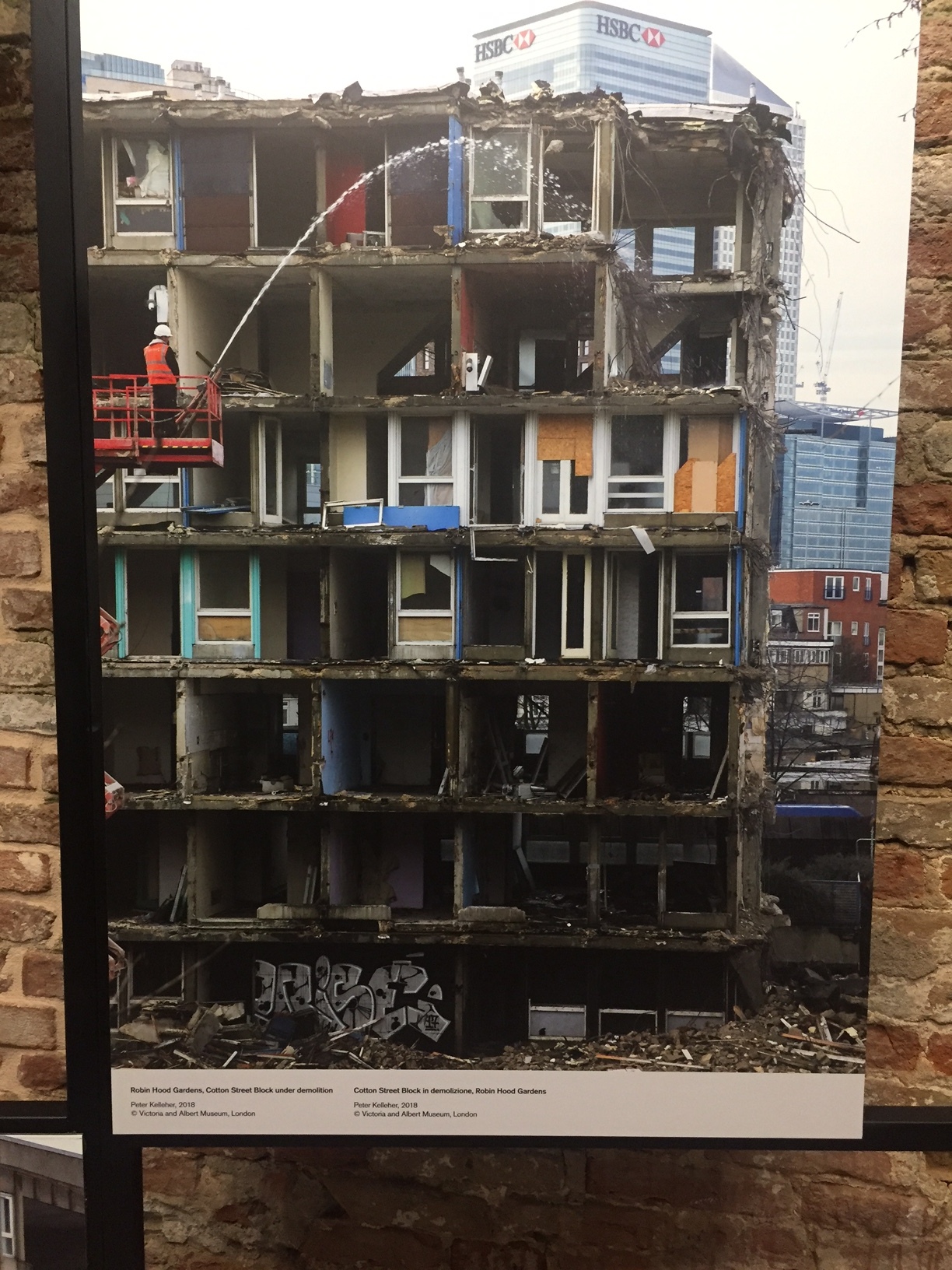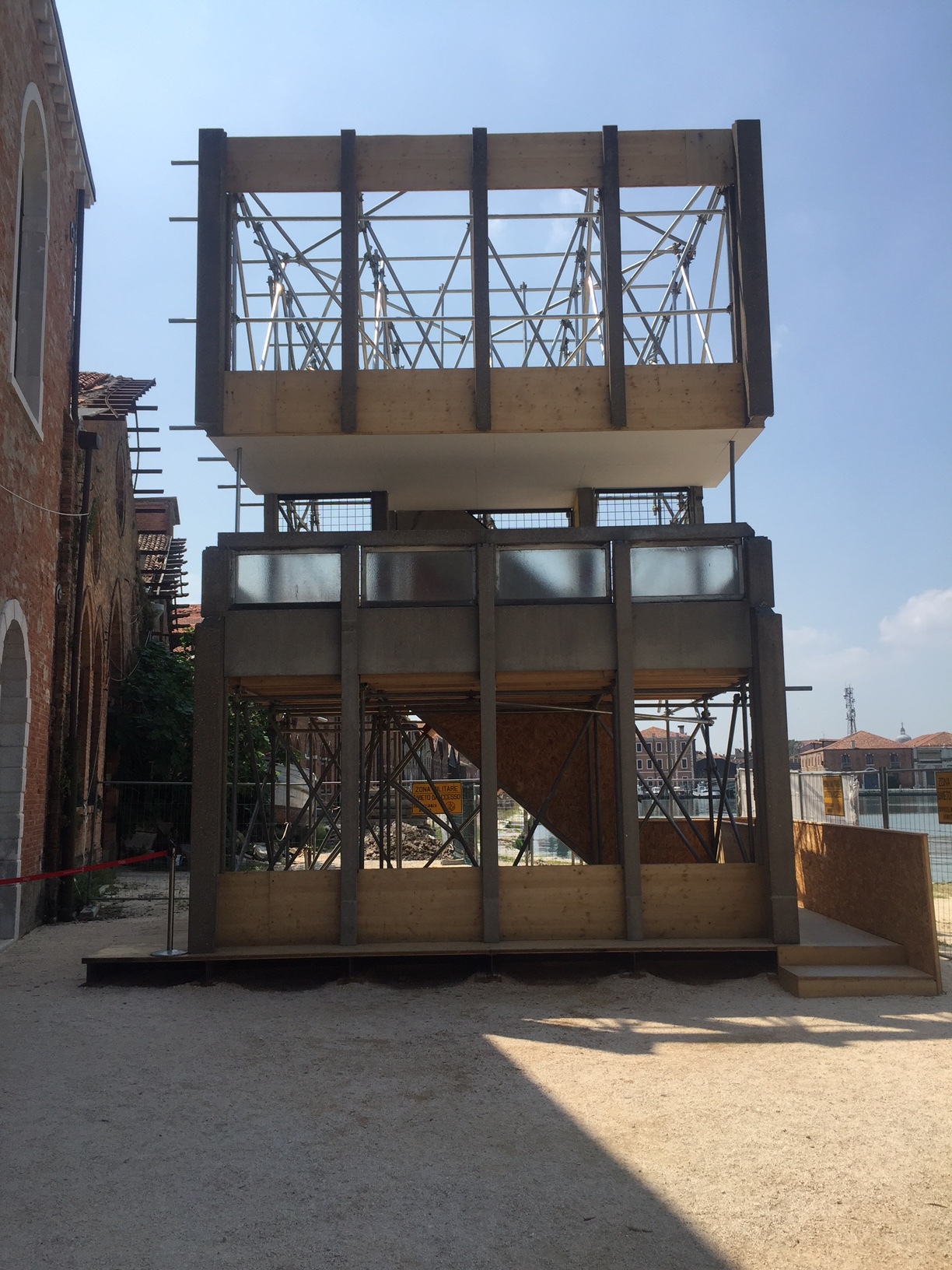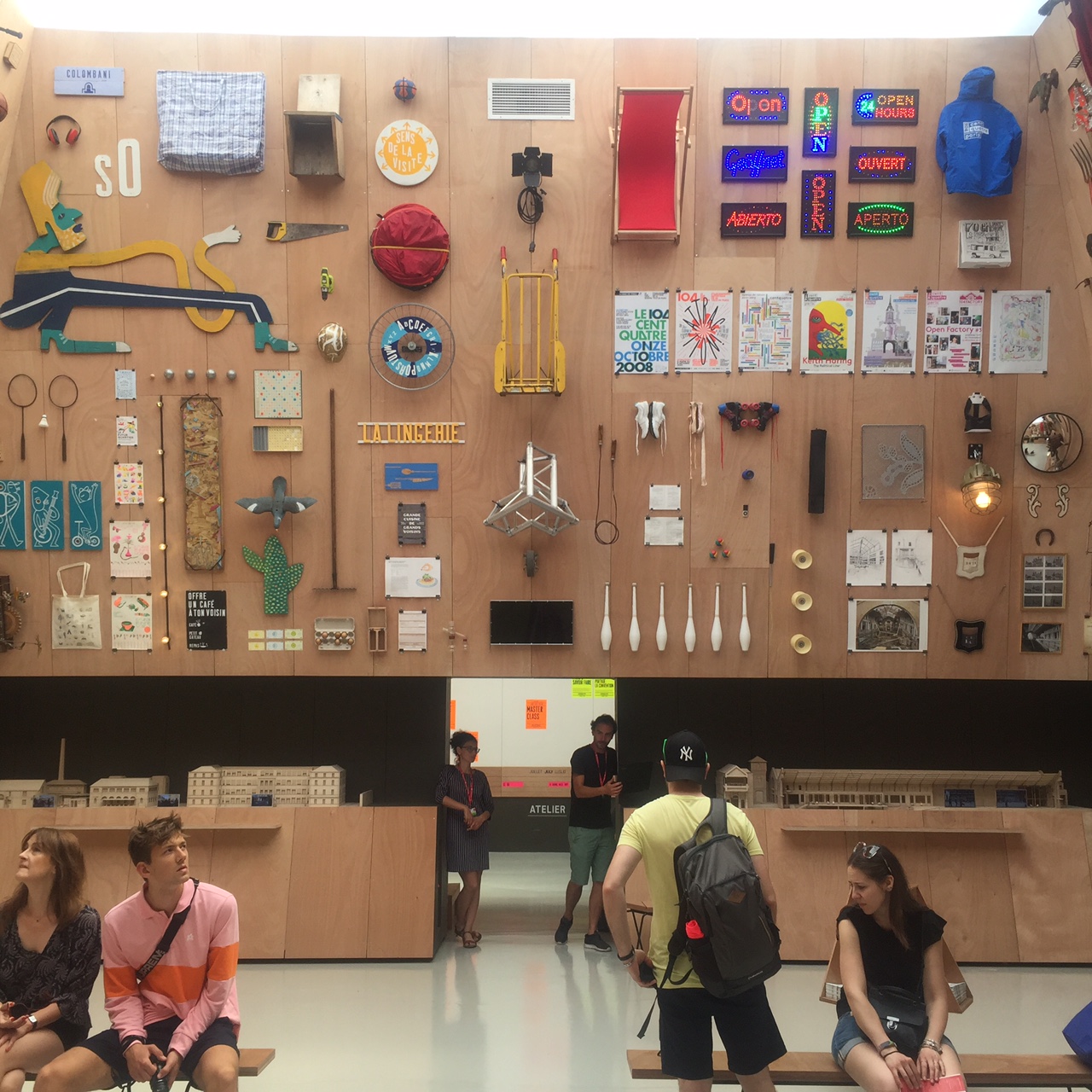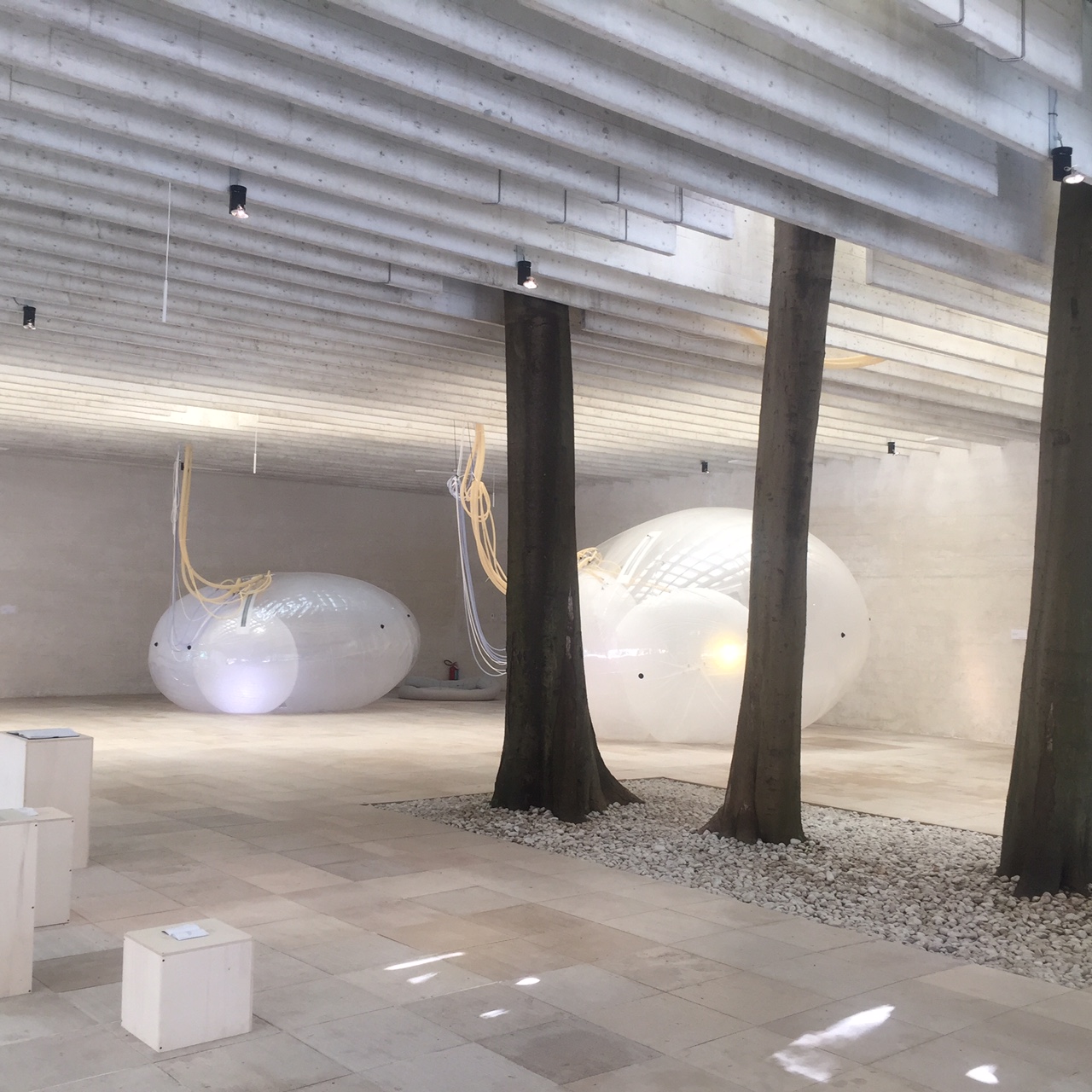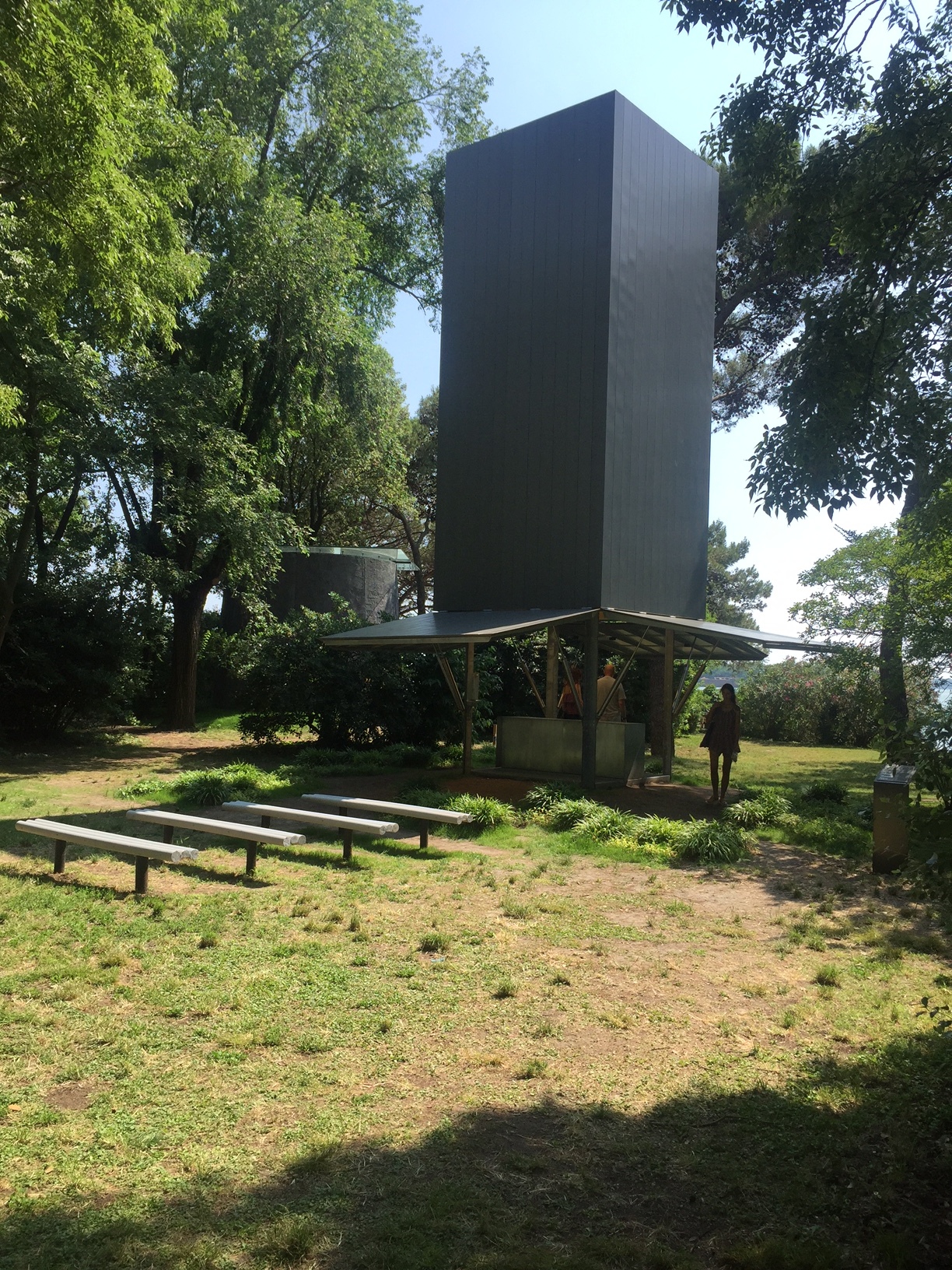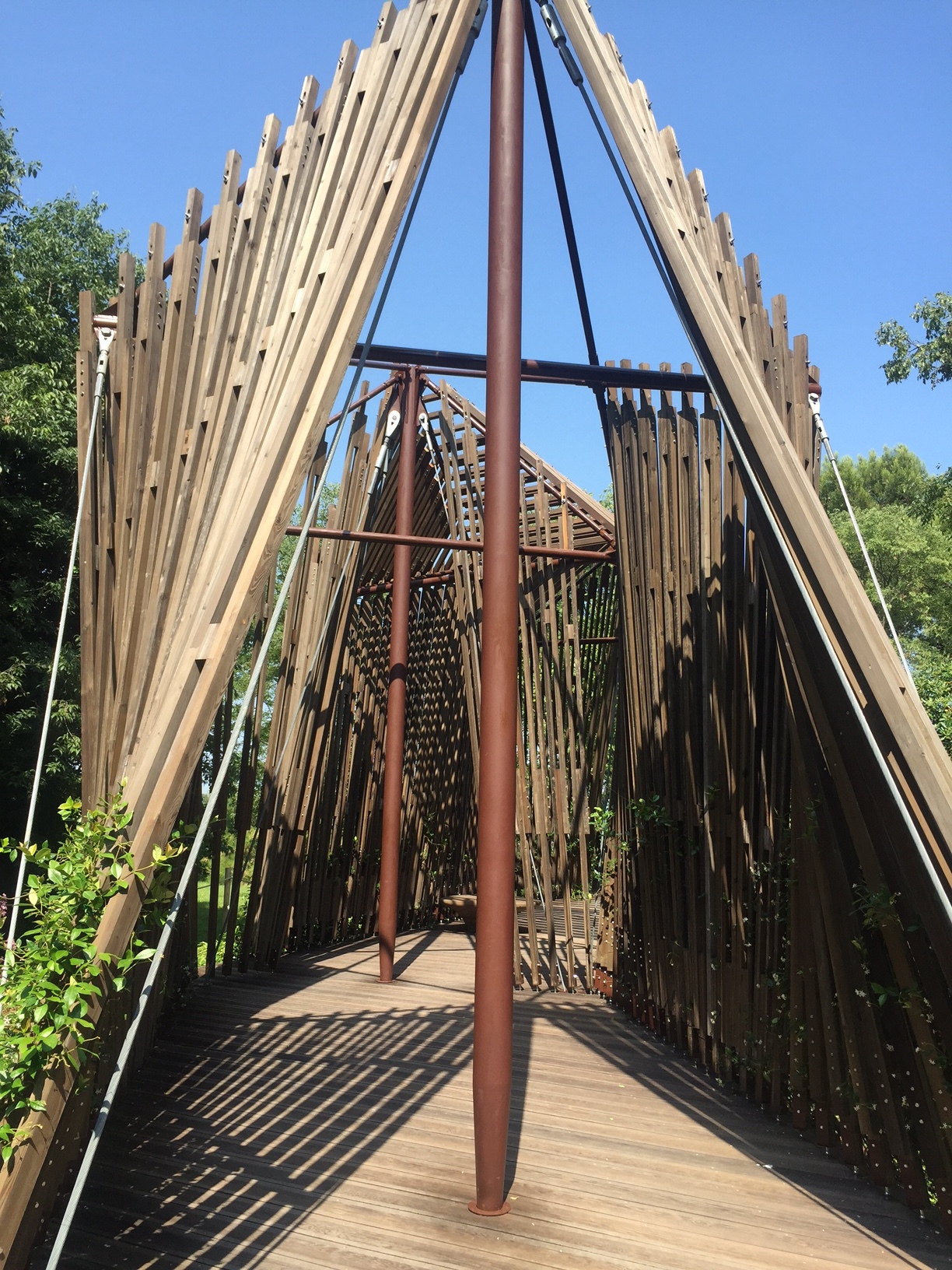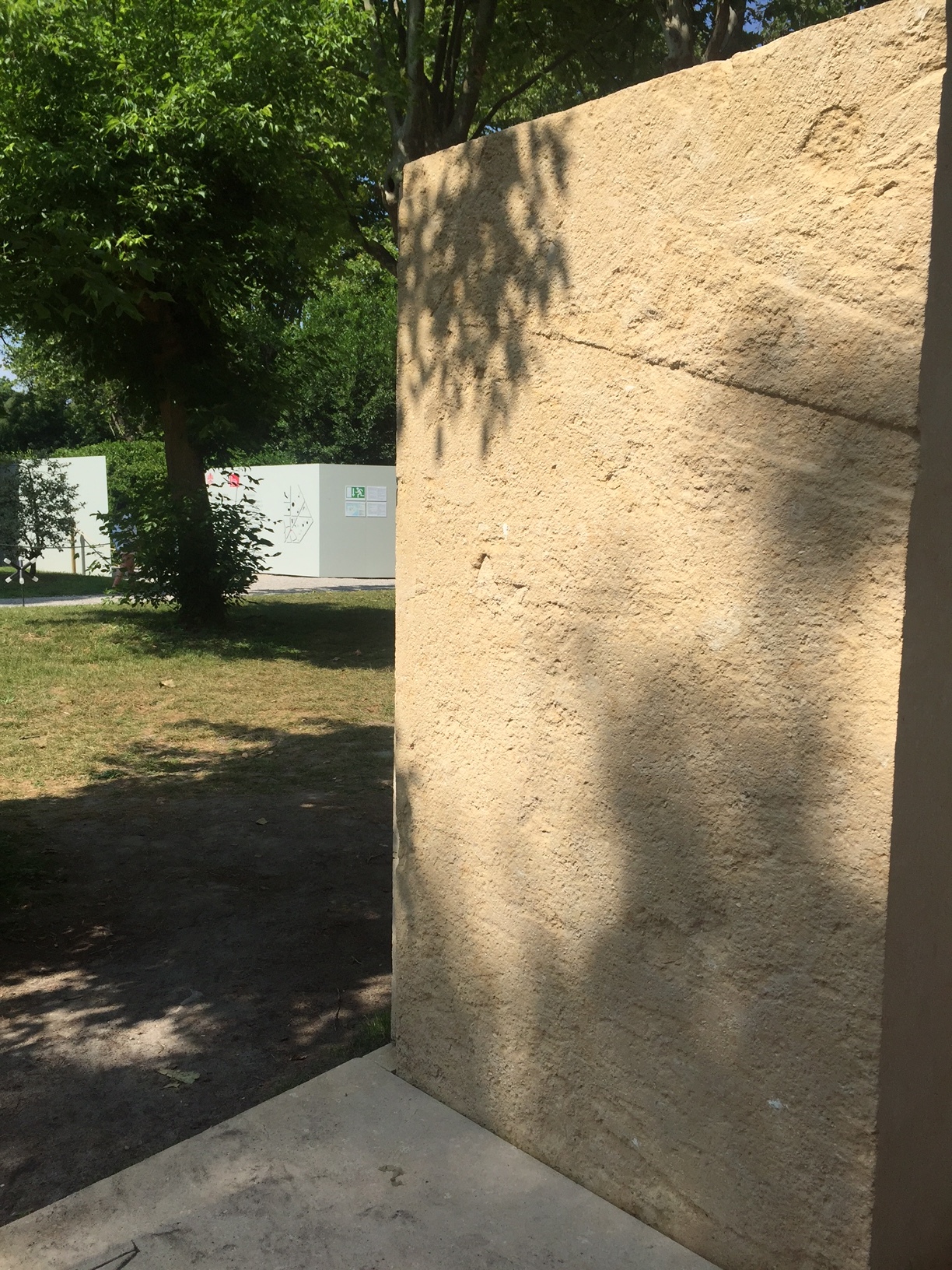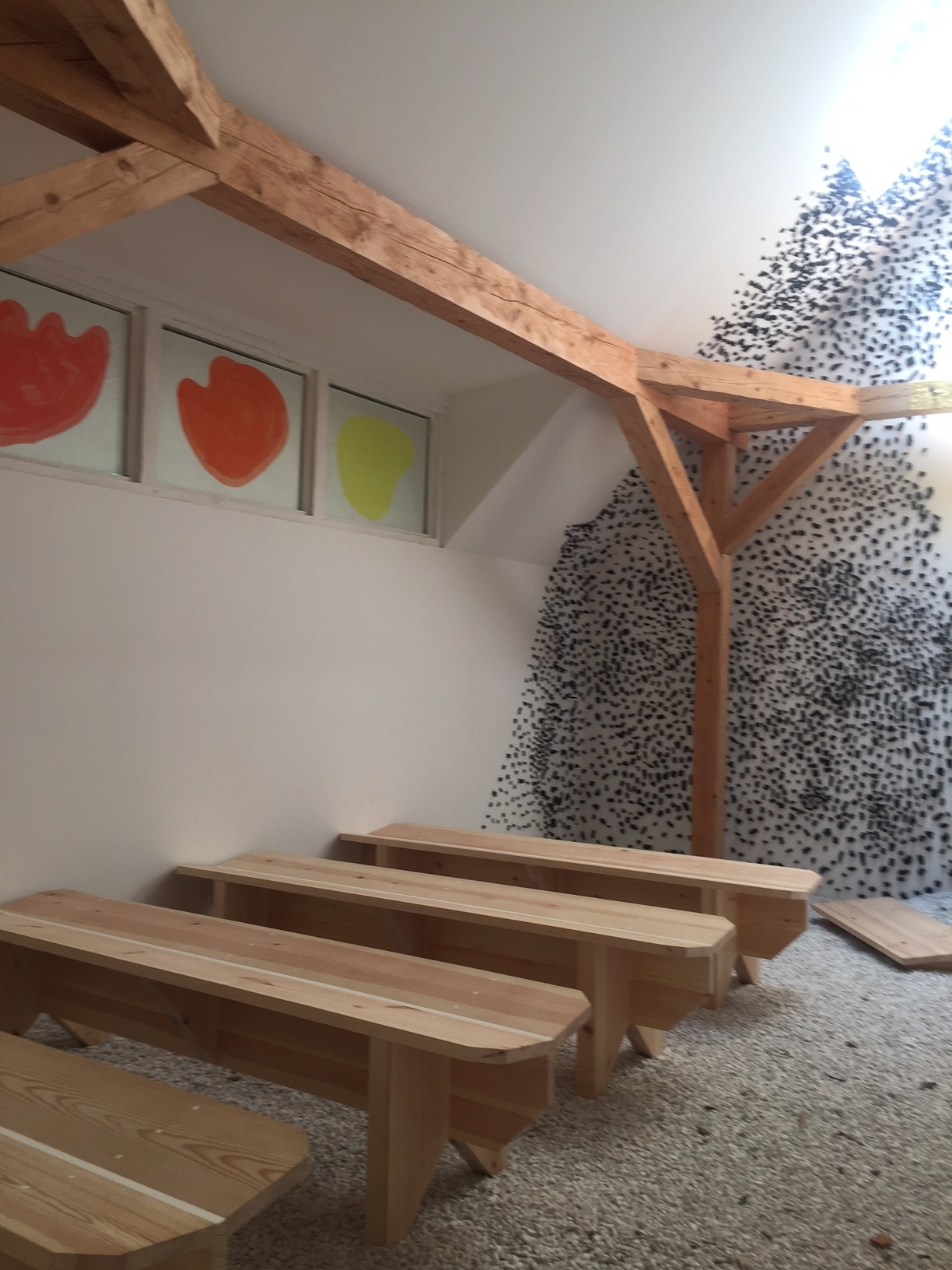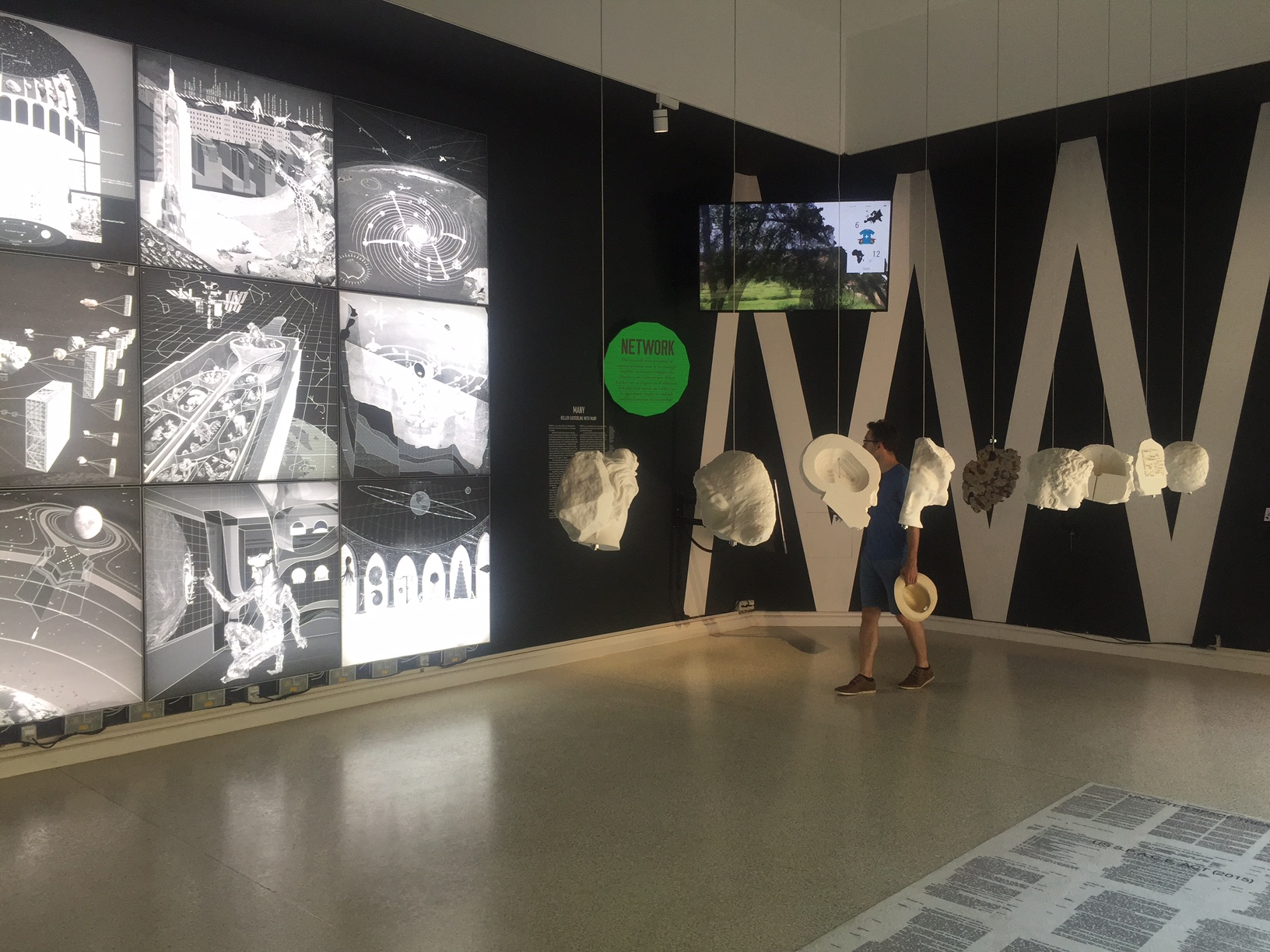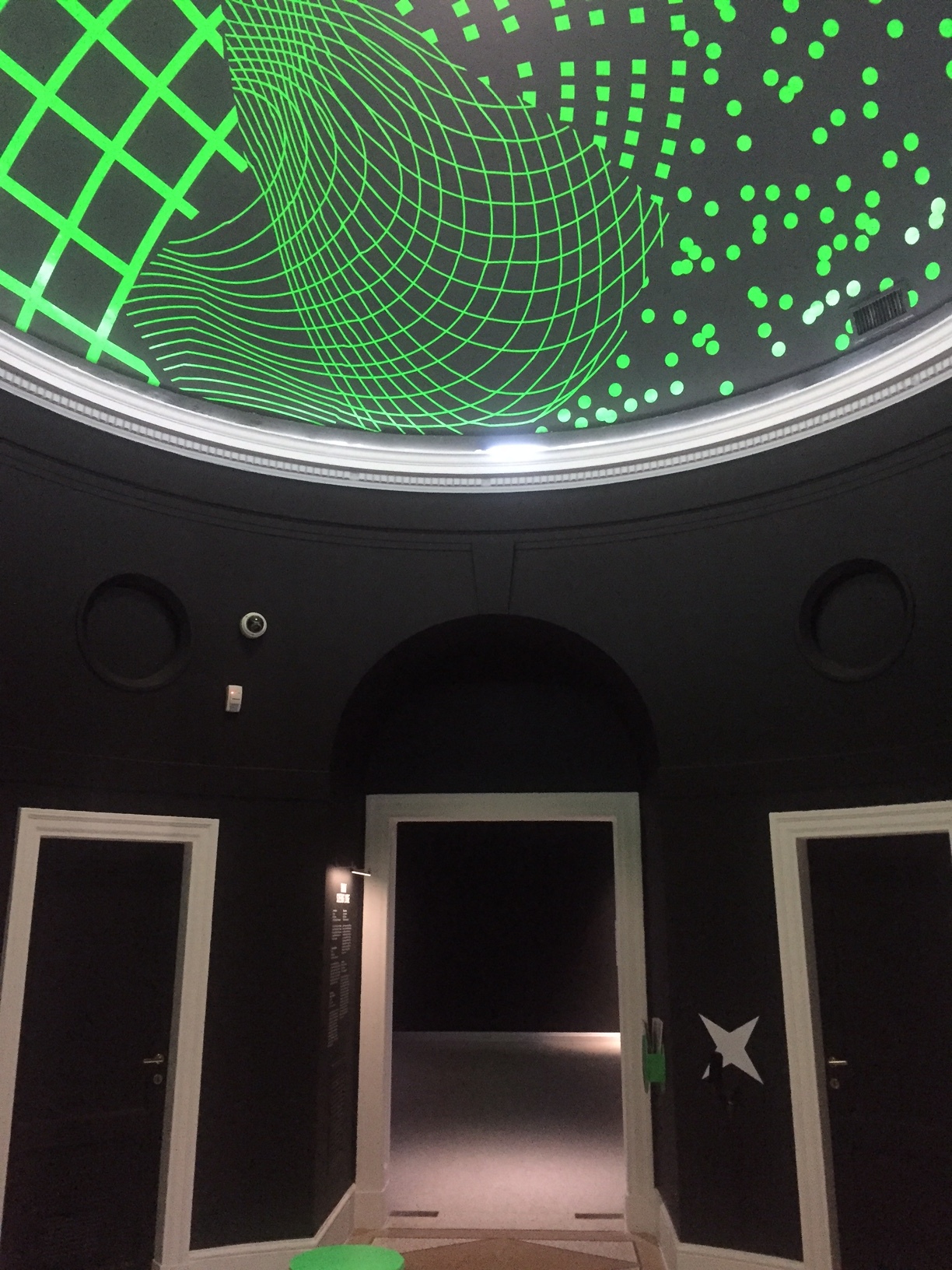My second visit to Venice for the Architecture Biennale was a one-Day extravaganza of thoughts about the world, and our human place in it.
The curators-- Irish women (hooray) Yvonne Farrell and Shelley McNamara --made every attempt to encourage the national pavilion curators to hew to the theme of Freespace e.g., the role of walls/migration/identity/generosity and exchange and they did. It's a feast of thought experiments
My visit was timed with Trump sulking off from the G7 and meeting up with his bullying Korean counterpart in Singapore, a place where enforced cleanliness and comportment is the norm. No migrants landing there. The Singapore Pavilion defined free space "as a result of careful considerations in planning," and the celebration of "Place making through openness...and he creative freedom of the mind". I’m not sure the curators of this pavilion had the summit in mind
Architects therefore take up this challenge at their peril when governments themselves are rejecting the concept. And again, my constant complaint: architectural jargon is so off putting. Plain language is anathema to architects.
Still, they are optimists. They want to bring back abandoned spaces, repair the ones extant, take care, nurture. In no particular order some impressions:
The Swiss pavilion is white and empty, unfurnished --a house tour--and I'm afraid the pure intellectualism of this one passed me by. (They won the prize)
The British pavilion is also empty "an island" with exterior scaffolding, we are meant to construct our own environment, where the absence is the presence. Hmmm....
By contrast the V and A brought and reconstructed an entire section of the recently destroyed Robin Hood Gardens, the Smithson’s brutalist housing project which has already been partially torn down. This incited controversy--both in the tearing down and in the putting up on display--but as someone who has recently been softened by brutalist architecture I found it less a story of the type of architecture than the problem of low income housing in general.
By contrast the French filled theirs up with the detritus of ten abandoned places and asked about reawakening inspiration, community and the stories of people who live in these places and what they would wish for. (It reminded me of Alejandro Innaritu's LACMA exhibition)
In the same vein, the Italians took up their abandoned villages and towns and suggested interventions. They also had a genius install of routes one might follow --more huts!-- to experience a strong local sense of place.
(In Italy, where just yesterday they turned away a boat of 600 plus --received by Spain though not after a day or two of drifting with no food or water--migrants you can understand that they feel it should not just be their problem. Yet like Syria, it's all of our problems.)
The Australians focused on grasslands and environmental repair. The Czech pavilion explored the absence of life in downtowns and livable cities, free housing, homelessness and Problems of tourism. The Hungarians on building a bridge. The Koreans on the relation of modernity to the state run projects since the sixties, the Germans again on their Wall (this icon of their history is the ultimate resource for freeing space), the Greeks on academic spaces, the Canadians on indigenous cultures, the Spaniards on 'becoming" or the future, the Danes on their newly opened architecture hub in Copenhagen.
Repressive governments were just as eager to put best foot forward as if ignoring their own un free space: Egypt, Saudi Arabia, and an exhibit of 100 towers by 100 architects outside the Arsenale venue were in direct contravention to the themes within the walls.
The Vatican has commissioned ten architects to build chapels on San Giorgio and wandering through these is uplifting, as the church has always counted on its architecture to be. Religions are probably the largest patron of projects since time began.
The US pavilion was a bit of a hodgepodge of projects about good citizenship by some famous and not so famous architects, I felt keenly that its discursiveness worked against the themes that some of the other pavilions took up with more single mindedness. Sometimes our democracy can be too much of a good thing.
Small towns, town squares, better housing, back to the future, these themes are not new. What is new is the fact that governments are veering away from inclusiveness, and are responding to fear, and keeping people out, not welcoming them in.
Architects are not expected to have all the solutions. They are rarely given enough money to see their visions through and are utopian by definition. One leaves the Biennial venues with equal measures of hope and despair.
